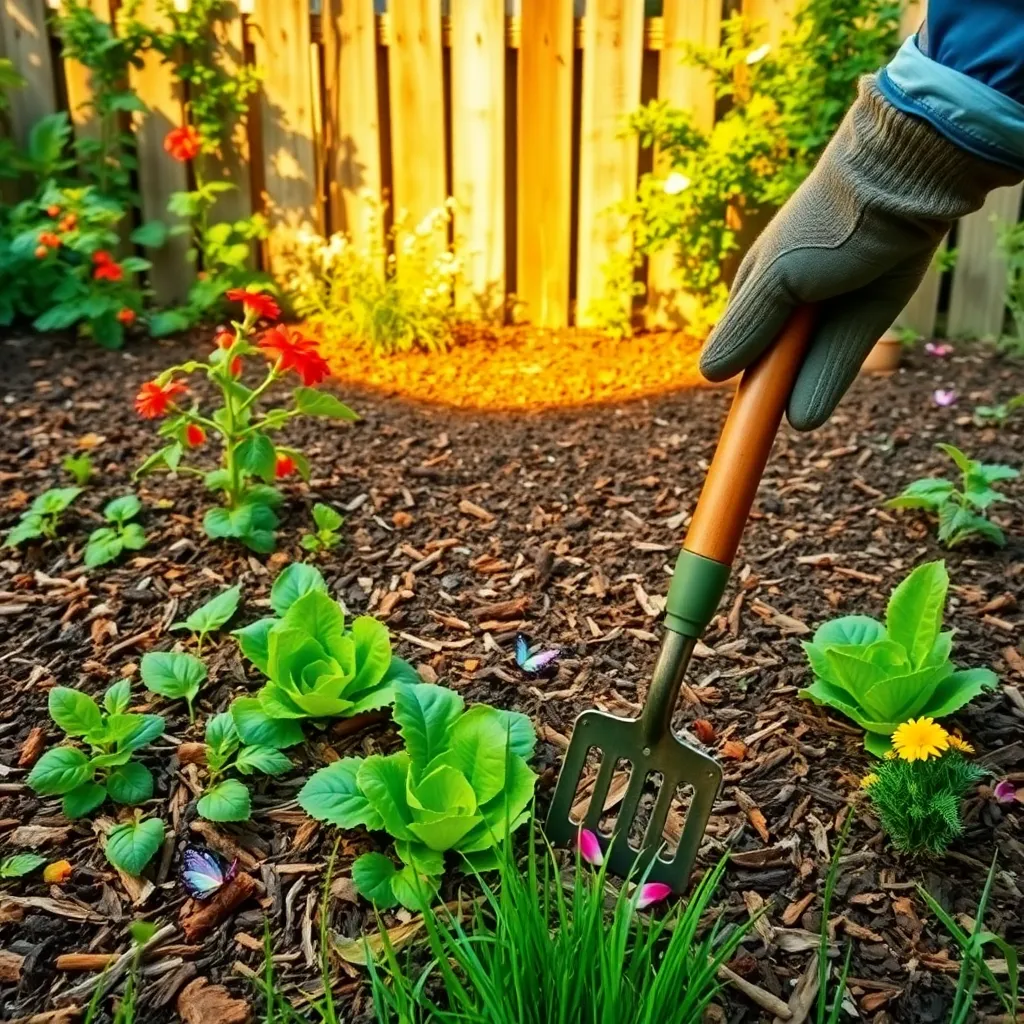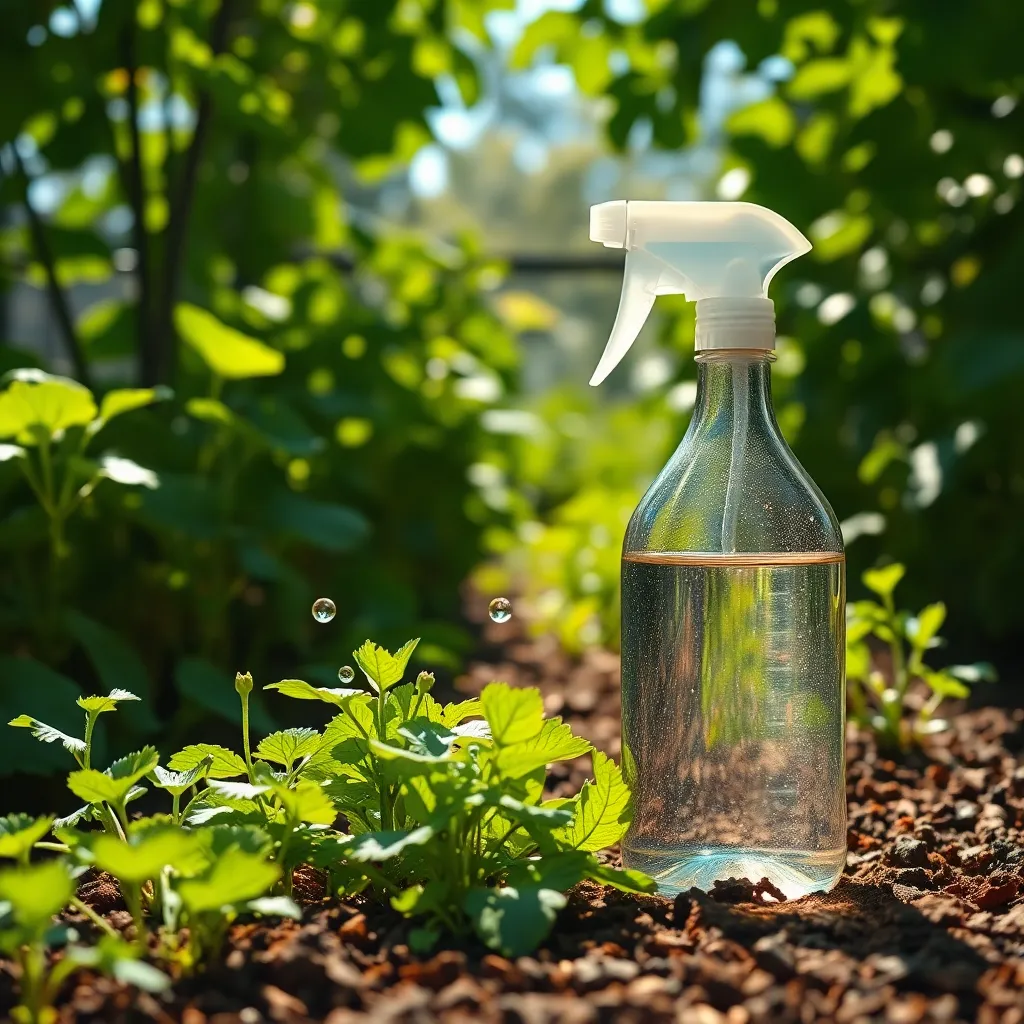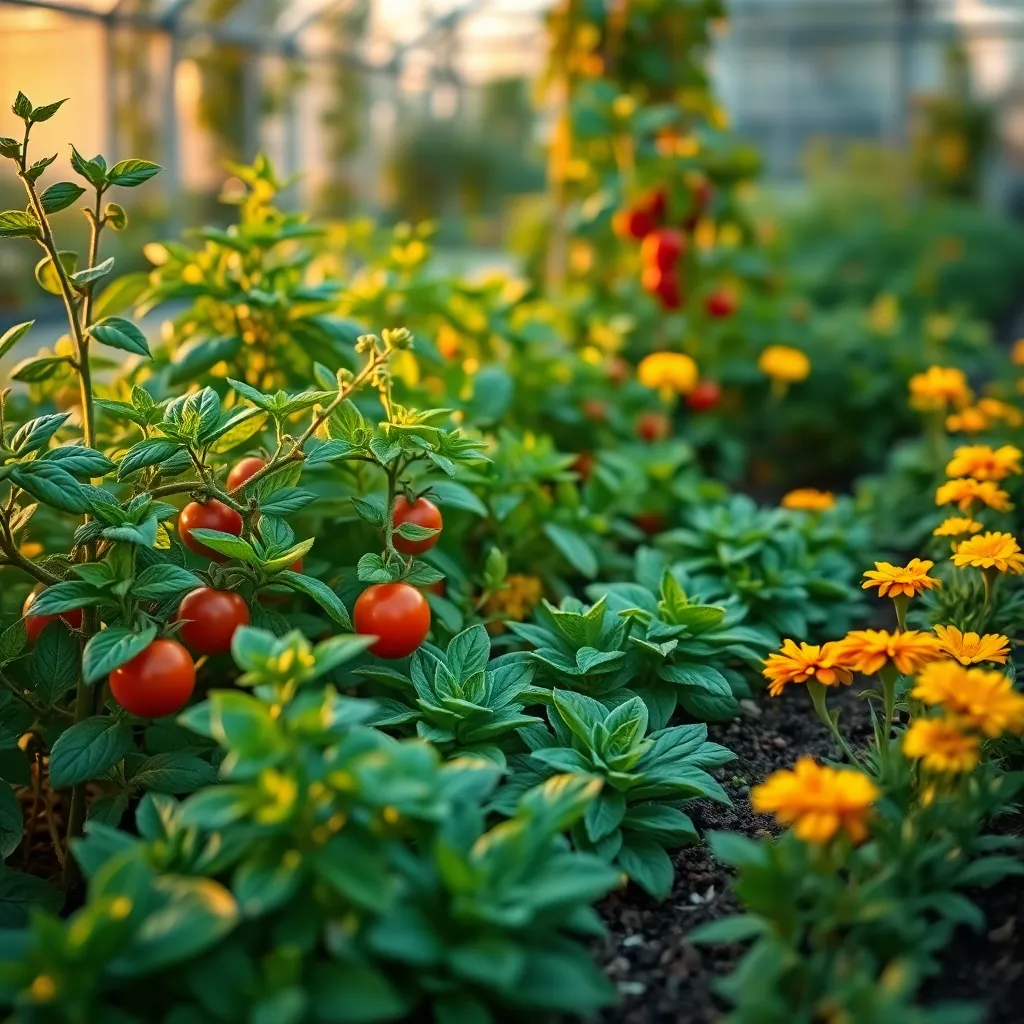Gardening is a joyful dance with nature, where every seed planted is a promise of beauty and bounty. Whether you’re just sinking your first trowel into the soil or you’re a seasoned gardener with years of green-thumb wisdom, keeping weeds at bay is a universal challenge that can test the patience and perseverance of any garden enthusiast. In “Natural Ways To Keep Weeds Out Of Your Garden,” we explore creative and eco-friendly strategies to maintain a flourishing garden without the unwelcome competition of weeds.
Imagine a garden where every plant thrives in harmony, free from the relentless invasion of unwanted weeds. This guide is packed with practical insights and proven techniques that not only preserve the health of your plants but also enhance the overall beauty and productivity of your garden. Say goodbye to the frustration of battling weeds with harsh chemicals, and embrace the satisfaction of using natural methods to cultivate a vibrant, thriving garden space. With the knowledge and tips offered in this book, you’ll feel empowered to achieve the garden of your dreams, where every blossom and leaf is a testament to your nurturing care and commitment.
Apply Organic Mulch Generously

Applying a generous layer of organic mulch can significantly reduce weed growth by blocking sunlight, which weeds need to germinate. Choose materials like shredded bark, straw, or grass clippings to create a barrier that also retains soil moisture and improves soil structure over time.
To maximize the benefits, spread mulch about 2 to 4 inches deep, ensuring it covers the entire area around your plants. Keep the mulch a few inches away from plant stems or trunks to prevent moisture buildup that can lead to rot.
Organic mulch not only suppresses weeds but also enriches the soil as it decomposes, adding essential nutrients. For best results, replenish your mulch layer annually to maintain its effectiveness and reap continual benefits for your garden.
Advanced gardeners may experiment with different mulch combinations to suit various plant needs and soil types. Consider using a mulch mix of wood chips and compost for perennial beds, which offers both weed control and nutrient replenishment. Remember to water thoroughly before and after applying mulch to ensure your plants have adequate moisture.
Plant Ground Covers Strategically

Ground covers can be a fantastic way to naturally suppress weeds, while also adding beauty to your garden. When choosing ground covers, consider your local climate and soil type to ensure they thrive and outcompete unwanted weeds.
Opt for low-growing plants like clover, creeping thyme, or sweet woodruff, which are known for their dense foliage and ability to crowd out weeds. These plants are not only aesthetically pleasing but also require minimal maintenance once established.
Before planting, prepare the soil by removing existing weeds and adding a layer of compost to improve soil fertility. This step is crucial as it gives your ground covers a head start and helps them establish more quickly.
Water newly planted ground covers regularly until they are well-established, usually for the first few weeks. Once mature, many ground covers are drought-tolerant and require less frequent watering, making them an eco-friendly choice.
Use Vinegar as Natural Herbicide

Vinegar is a readily available and effective natural herbicide, perfect for gardeners seeking chemical-free solutions. Its high acetic acid content can kill weeds by drawing moisture out, making it an excellent choice for non-selective weed control.
To use vinegar as a herbicide, opt for a solution with at least 5% acetic acid concentration, similar to household vinegar. For more persistent weeds, you might consider a stronger horticultural vinegar, which contains 20% acetic acid or more, but take care to apply it cautiously.
Application is simple: use a spray bottle to apply vinegar directly onto the leaves of the weeds, ensuring full coverage. It’s best to spray on a sunny day when rain isn’t forecasted, as the sun enhances vinegar’s effectiveness by helping it penetrate and dehydrate the weed tissues.
While vinegar is effective, it can also harm desirable plants if not applied carefully. Protect surrounding plants by using a piece of cardboard or a similar barrier during application, and consider applying it early in the morning to minimize the risk of harming beneficial insects.
Cultivate Soil Regularly to Disrupt

Regular soil cultivation is an excellent strategy to naturally disrupt weed growth in your garden. By turning the soil, you expose weed seeds to sunlight, which can prevent them from germinating effectively.
Consider using a garden fork or hoe to gently break up the top layer of soil. This practice not only uproots small weeds but also helps to aerate the soil, promoting healthy root growth for your desired plants.
It’s particularly effective to cultivate the soil after a good rain when the ground is soft. This makes it easier to remove weeds and prevents the growth of new ones by disturbing their environment.
For gardeners with more experience, consider implementing a no-till approach with strategic soil cultivation. By only disturbing the soil in targeted areas, you can reduce the weed seed bank over time while preserving beneficial soil structure.
Incorporate Companion Planting Techniques

Companion planting is a strategic approach to gardening that not only enhances plant growth but also helps suppress weeds naturally. By pairing plants that benefit each other, you create a more resilient and productive garden ecosystem. For instance, planting marigolds alongside tomatoes can deter nematodes and other pests, while the dense foliage can help shade out potential weeds.
Another effective pairing is basil with peppers, as basil can repel pests like aphids and spider mites. Additionally, the strong scent of basil is believed to help confuse and repel certain flying insects, reducing the likelihood of pest infestations and leaving less room for weeds to establish.
For beginner gardeners, start with simple pairings such as carrots and onions. Carrots help aerate the soil with their long taproots, while onions release a scent that can deter carrot flies. This symbiotic relationship not only optimizes space but also minimizes the competition from weeds by efficiently using the available soil nutrients and space.
Experienced gardeners might consider using a three sisters method, which involves planting corn, beans, and squash together. The corn provides a natural trellis for beans, the beans fix nitrogen in the soil, and the sprawling squash leaves shade the soil, preventing weed growth. This ancient method maximizes space and resource use, creating a self-sustaining mini-ecosystem.
Conclusion: Growing Success with These Plants
In nurturing the garden of your relationship, we’ve explored five key concepts: communication, trust, quality time, conflict resolution, and shared goals. Just as you would tend to a garden by naturally keeping weeds at bay, maintaining these foundational elements can help prevent the unwanted “weeds” of misunderstanding and disconnection.
An actionable step you can take right now is to set aside 15 minutes today to engage in uninterrupted conversation with your partner. Use this time to listen actively and express appreciation, reinforcing the bonds of trust and understanding.
Remember, cultivating a thriving relationship is ongoing work. Bookmark this article to revisit these essential strategies and keep your relationship flourishing.
As you continue on this journey, envision a future where your relationship grows stronger and more resilient, rooted in love and mutual respect. With dedication and attention, you can achieve the thriving partnership you desire. Save this article as a handy guide and a reminder that nurturing your relationship is a rewarding investment in a joyful and enduring connection.

